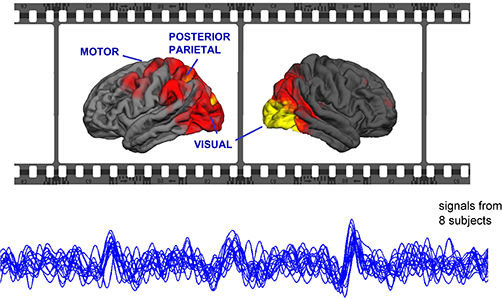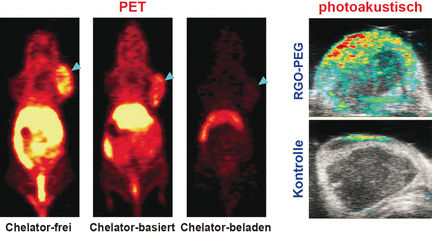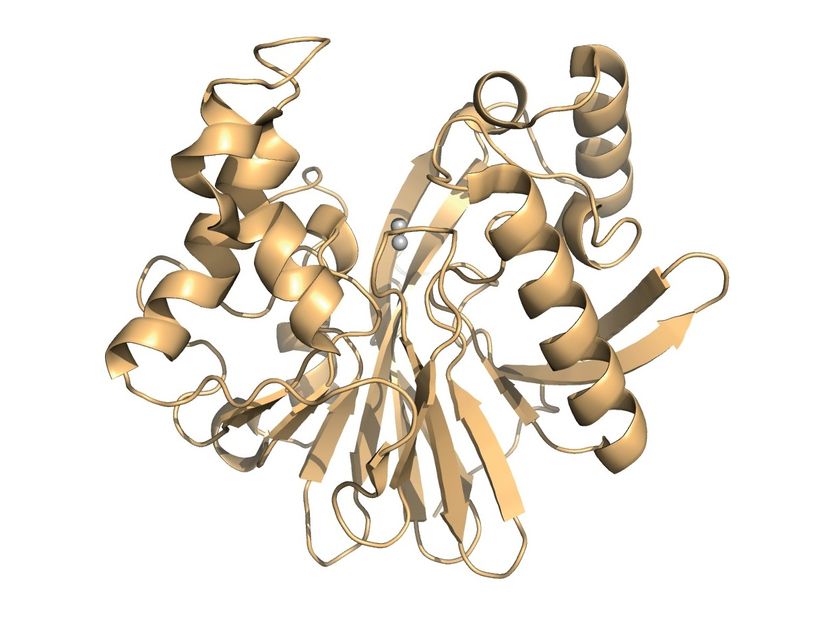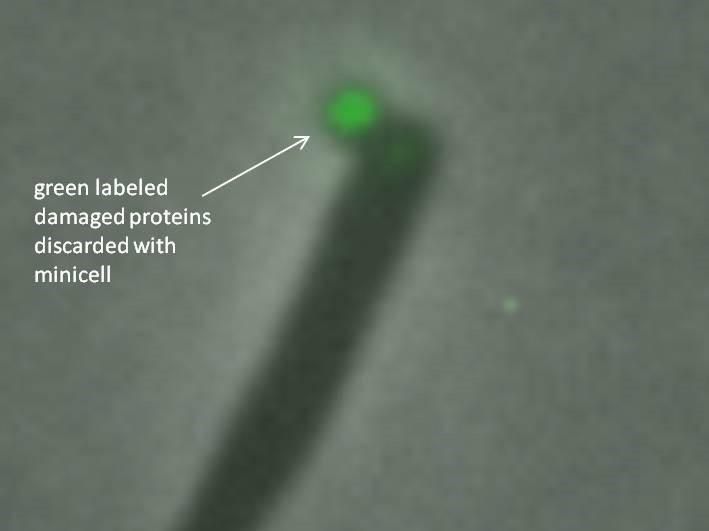Innovation in Nuclear Medicine: PET Signals in Brain Tumors Decoded at the Cellular Level for the First Time
Researchers in Munich have developed a new method that for the first time makes the signals of radioactive substances in cells in the brain visible using positron emission tomography (PET). In a study published in Science Advances, they applied the method to glioblastoma, the deadliest brain tumor, to enable analysis of immune cell activity. The new method and the results are of great importance for the diagnosis and therapy development of brain tumors, as well as for neurological diseases in general.

Symbolic image
Computer-generated image
Glioblastoma is one of the most common malignant cancers of the brain in adults. It is characterized by its particular resistance to current immunotherapies. To better understand this form of tumor and develop more effective therapies, researchers are focusing on the tumor environment, the tissues in which the tumor develops and grows, and especially the immune cells.
Identifying immune cells has been a significant challenge. One method of investigation is positron emission tomography. In a PET scan, small amounts of radioactively labeled substances, known as tracers, are injected through a vein, distributed throughout the body and brain cells, and visualized using a PET camera. This allows the biomarker to be perceived in tissue, providing insight into the activity and role of immune cells.
"However, the accurate interpretation of PET signals is complicated by the heterogeneity of cell types in the tumor environment," says Professor Matthias Brendel, M.D., deputy director of the Department of Nuclear Medicine at LMU Hospital Munich. Brendel's team therefore developed a new method to resolve PET tracer signals at the cellular level. The method consists of radiotracer injection and subsequent isolation and measurement of the cells. This allows the assignment of PET tracer signals at the cellular level in glioblastomas, and thus can resolve the contribution and role of immune cells.
The role of the translocator protein
This method has now clarified, for example, the role of immune cells in relation to translocator protein in glioblastoma. "It has been shown that translocator protein is not a specific biomarker for immune cells, but the vast majority of the PET signal is due to tumor cells," said Laura Bartos, a human medicine student and first author of the paper. "We were able to detect about 90 percent of the more than 7,000 proteins analyzed in both tumor cells and immune cells. But we were particularly interested in which proteins were unique to immune cells," Bartos said. "We succeeded in doing that; we were able to identify target proteins that were highly increased in immune cells in diseased tissue, but not in tumor cells." From this, the team hopes to develop new radiotracers to track immune cell responses. "Initial results are very promising," Brendel said.
Finally, they used 3D histology, a three-dimensional examination of a tissue sample, to examine the tumor tissue in its entirety and classify the PET signals in the context of the detected cell numbers. "In the aggregate, we can see whether the PET signal can be explained by cellular uptake, or to what extent other factors, such as a damaged blood-brain barrier, also contribute to the signal," Bartos said, summarizing this part of the experiment.
Application for neurological diseases
he new method is valuable not only for diagnostics and therapeutic approaches for brain tumors. "With this method, you can use PET to resolve all the signals that can be generated in the brain," Brendel says. "For example, our research group is already using it in Alzheimer's research to study the deposition of tau protein using PET technology." The new method is thus an important innovation for neurological research as a whole.
Note: This article has been translated using a computer system without human intervention. LUMITOS offers these automatic translations to present a wider range of current news. Since this article has been translated with automatic translation, it is possible that it contains errors in vocabulary, syntax or grammar. The original article in German can be found here.
Most read news
Other news from the department science

Get the life science industry in your inbox
By submitting this form you agree that LUMITOS AG will send you the newsletter(s) selected above by email. Your data will not be passed on to third parties. Your data will be stored and processed in accordance with our data protection regulations. LUMITOS may contact you by email for the purpose of advertising or market and opinion surveys. You can revoke your consent at any time without giving reasons to LUMITOS AG, Ernst-Augustin-Str. 2, 12489 Berlin, Germany or by e-mail at revoke@lumitos.com with effect for the future. In addition, each email contains a link to unsubscribe from the corresponding newsletter.
Most read news
More news from our other portals
Last viewed contents
Ferriman-Gallwey_score
GE Healthcare completes acquisition of Whatman plc
Osmotic_demyelination_syndrome

Movies synchronize brains - When we watch a movie, our brains react to it immediately in a way similar to other people's brains.
Innovative genetic and cellular techniques help identify multiple disease targets

Direct radiolabeling of nanomaterials
Research will speed tracing bacteria behind salmonella outbreaks

New insights into the evolution of proteins
Glycogen_storage_disease
Spinocerebellar_ataxia_type-13

Bruker to acquire the NanoString business in an asset deal






















































